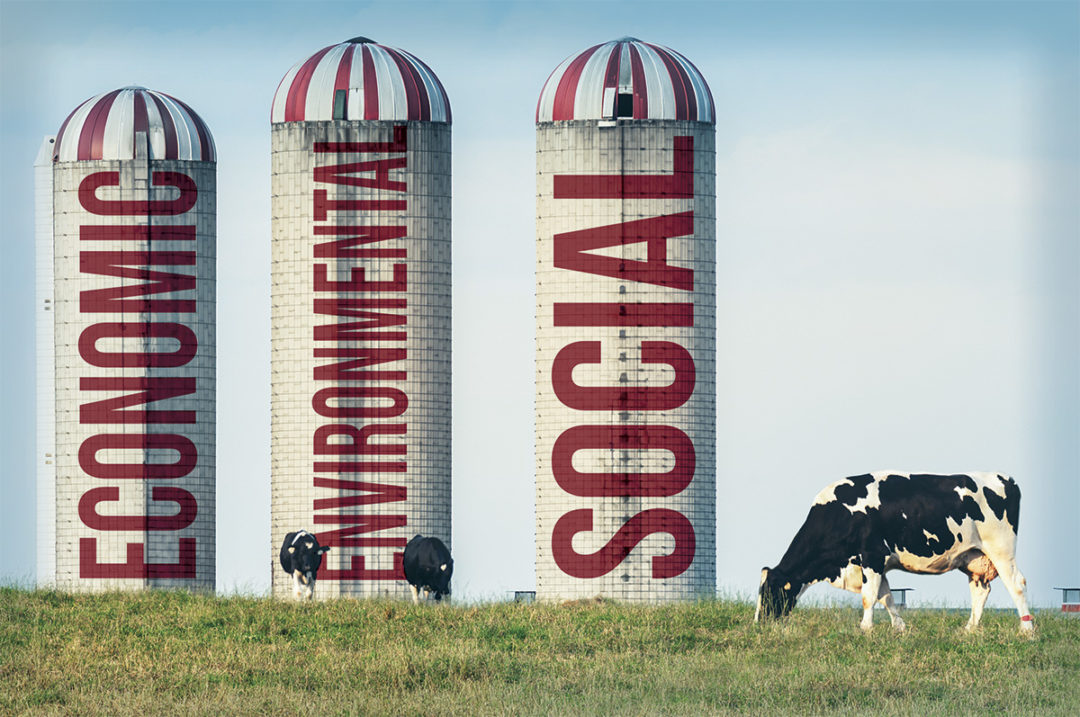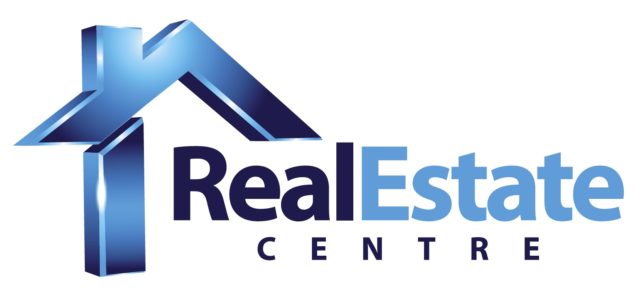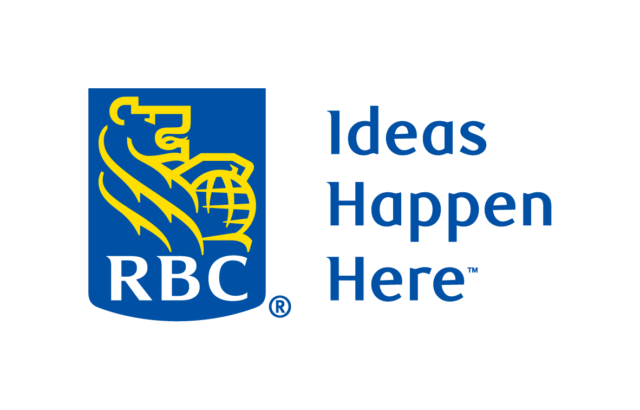Western Canadian Dairy Seminar selected “Empowered for the Future” as the theme for the March 2024 conference held in Red Deer, Alberta, and placed a heavy emphasis on sustainability throughout the event. Attendees heard from three experts on the pillars of sustainability: economic, environmental and social.
1. Economic
Matthew Gaudreau of the Canadian Dairy Commission (CDC) led the discussion on economic sustainability in the dairy industry. He noted that often when discussing this topic, one might assume economic sustainability in this industry is analyzed on a farm scale. Gaudreau instead explained that economic sustainability starts at the farm and includes every aspect of the supply chain – until milk is sold to the end consumer.
“Rather than talking about farm management, cost structures and profitability, what you can also consider as economic sustainability is the rules of the game,” Gaudreau said. “It goes beyond the balance sheet to actually understand that individual farms operate in a broader economic context. That context is the rules that govern the way dairy markets work in Canada.”
Gaudreau explained three parameters that influence the sustainability of Canada’s dairy market: managed supply, managed prices and controlled imports. Managed supply refers to the milk production allowance based on monthly calculated requirements by the CDC. Managed prices refers to how provincial milk marketing boards manage price changes through a calculated formula, which includes the cost of production and economic inflation. Controlled imports influence the amount of dairy products coming into Canada.
“Supply management works to promote economic sustainability for dairy producers and also consumers and processors because it reduces uncertainty,” Gaudreau said. He explained the purpose of the CDC is to provide both fair compensation to dairy producers and efficient supply to dairy consumers across the country.
“There are various policies that are implemented to try and make sure producers are receiving a fair return,” Gaudreau said. “It does not always happen, but our goal is to cover the cost of production for most farms. The CDC also wants to supply a continuous and adequate supply of dairy products to the consumer.”
Gaudreau discussed how monitoring supply management can reduce uncertainty. He cited sudden changes to market structure, such as the COVID-19 pandemic and flooding in British Colombia, as variables that require a market adjustment and noted the quick industry response to both – producers were able to reduce production and avoid flooding the market.
“When natural disasters occur, these rules and having a revenue sharing agreement at the national level can help insulate individual producers from losing revenues for things that are beyond their control,” Gaudreau said.
2. Environmental
“Healthy soil is imperative for production,” Connie McLellan reminded attendees during her portion of the conversation on sustainability. McLellan, a sustainability specialist with the Dairy Farmers of Canada (DFC), shared insights on how dairy producers across the country can make small steps in creating a sustainable environment.
McLellan gave a clear explanation as to why methane emissions can be detrimental to the environment, discussing the science behind methane and cattle’s role. She discussed multiple ways in which dairy producers can reduce methane on-farm, namely genetic selection, feed additives, manure storage and application.
With a heavy emphasis on soil health, McLellan shared stories of farmers who are implementing no-till practices on their land, creating wetlands in untillable areas and utilizing grazing when possible. She discussed the importance of biodiversity, which “makes our Earth livable,” and reminded attendees that ”[Biodiversity is] not just what you see. Think about what’s underneath your feet.” McLellan celebrated the strides Canadian dairy is making in all aspects of sustainability and encouraged producers to learn more about soil health on their respective farms.
3. Social
Annie AcMoody, vice president of policy and trade at DFC, addressed the social component of sustainability. She started her presentation by citing a survey done by DFC in 2021 that found 85% of Canadians say it is “important” or “somewhat important” that Canada’s dairy farms meet the target of net zero emissions by 2050. This was an increase from the previous year’s results, which found only 71% of Canadians felt the net zero initiative was of importance.
AcMoody discussed DFC’s Net Zero by 2050 Best Management Practices Guide to Mitigate Emissions on Dairy Farms, explaining the purpose of this guide.
“The objective was to list a lot of best management practices that can be used on the farm and rank them to give you an idea of how it can reduce emissions,” she said. “And of course, how much it costs.” The guide also lists additional benefits that can come from sustainable practices, implementation tips and testimonials from dairy producers who are utilizing these methods.
AcMoody mentioned additional tools such as Lactanet’s Methane Efficiency trait and Sustainability Index can help producers get on the track to net zero.
“There’s a lot of negative narrative regarding livestock that’s occurring on the global scale,” AcMoody said. “I think by being on the forefront here, we can give confidence to our Canadian government that they can keep supporting Canadian agriculture because we are being proactive. Having good data and a good story to tell is important.”
Telling the dairy story
Throughout the session and during the Q&A portion, each presenter was sure to emphasize the importance of telling the dairy industry’s story. Collecting data, being proactive in implementing sustainability practices, and maintaining trust through the supply chain and with consumers are all important pieces to the sustainability puzzle.









